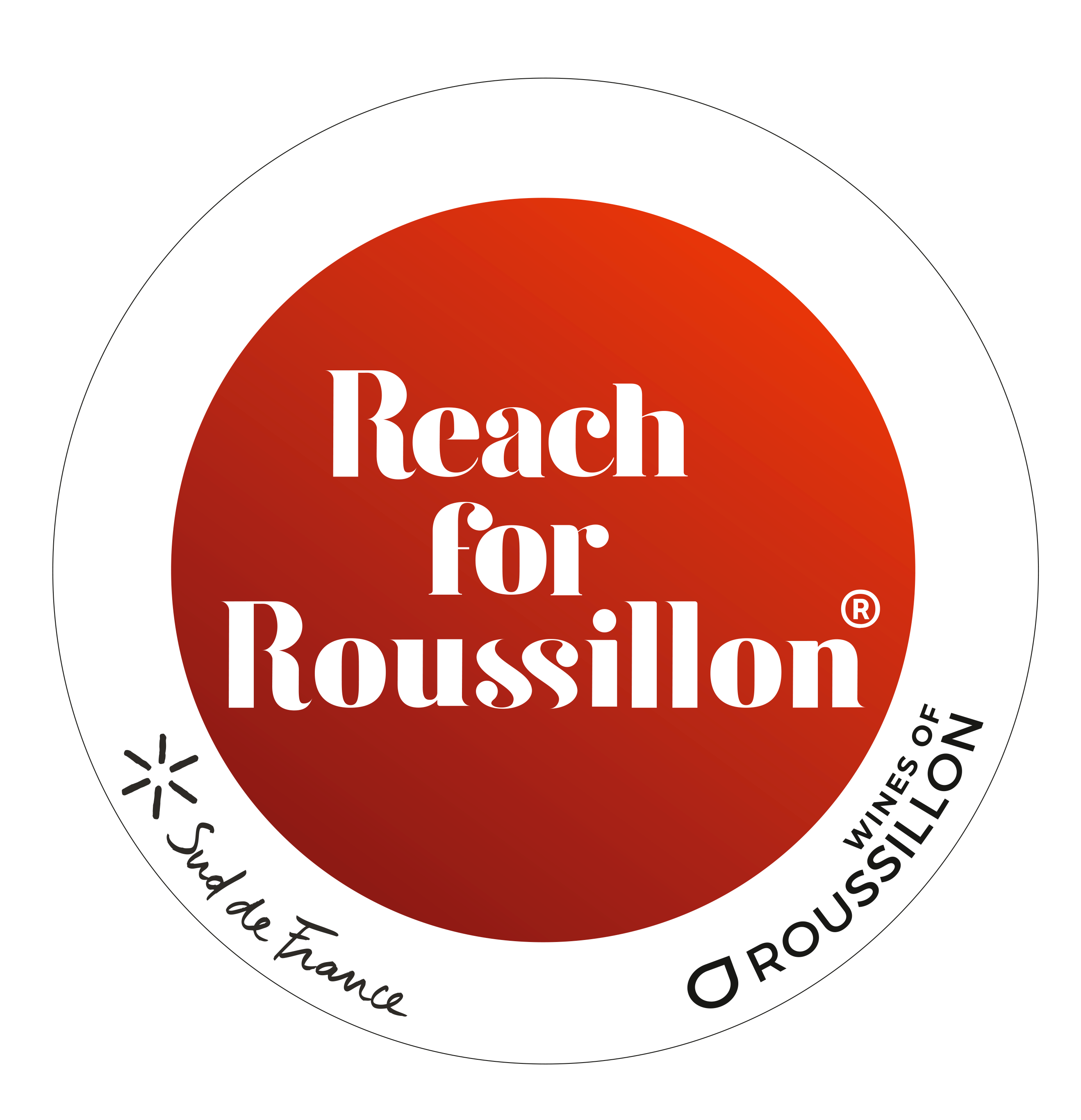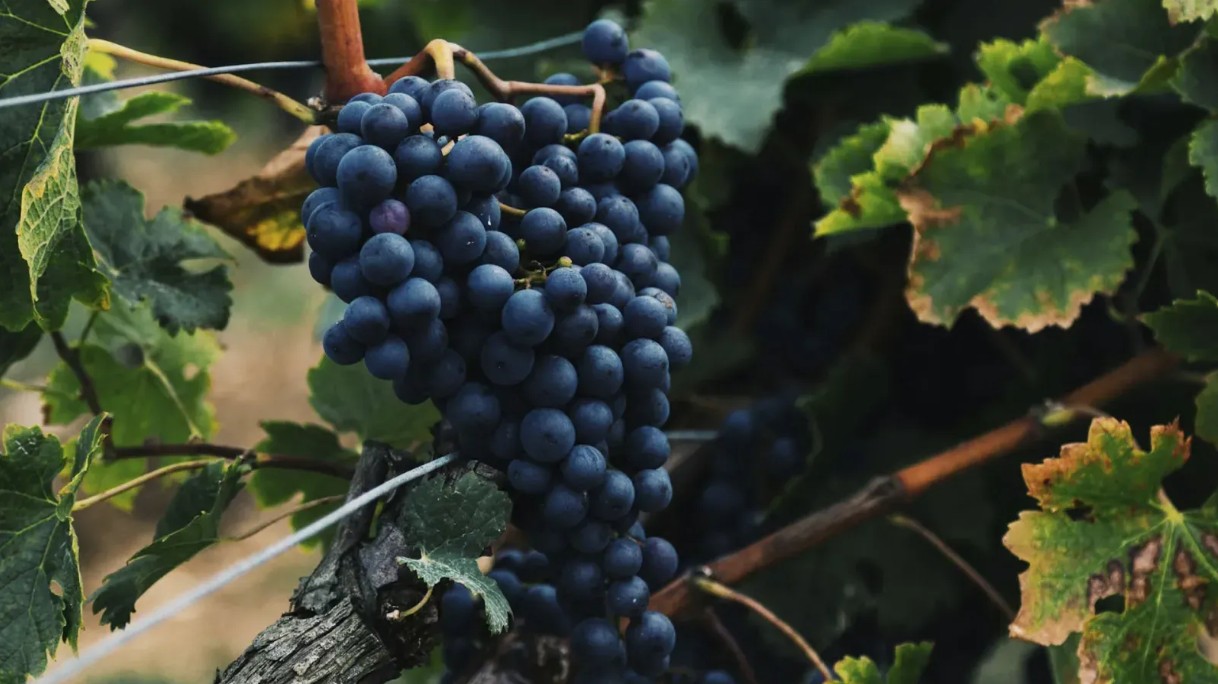The use of Syrah in Roussillon
A shaky start
Syrah had a difficult start in Roussillon. Plantings began in the second half of the 20th century as the INAO (Institut National de l’Origine et de la Qualité) started to promote the planting of ‘cépages améliorateurs’ (improver varietals) as part of a wider trend towards modernisation and diversification of southern French viticulture.
Encouraged to plant Syrah to help enhance the colour, structure and marketability of blends reliant on local varietals then often grown at high-yield, Roussillon’s producers and cooperative members started planting Syrah in larger quantities in the 1980s.
In contrast to Roussillon’s traditional local red varieties like Grenache, Mourvèdre or Carignan, Syrah often struggled in the region’s vineyards.
With little prior knowledge of Syrah’s compatibility with Roussillon’s diversity of terroirs, vines were mostly planted at random, often on fertile valley soils or irrigated areas, using the high-yielding clones favoured in the neighbouring Rhône.
Young Syrah produced dilute, unbalanced wines, and growers lost many young vines in the hot and arid conditions found in Roussillon’s rugged vineyards.
Modern day
Today, Syrah is firmly established in Roussillon and is the second most widely planted red varietal in the region behind Grenache noir, but before Carignan, Mourvèdre and Lledoner Pelut.
Syrah has proven to be very well suited to the schist, granite, rounded pebbles, gneiss soils of Roussillon in particular, especially when planted on well-draining, high-altitude or hillside plots.
Clonal selection, controlled yields, and fine-tuned vinification techniques have helped growers and producers to adjust their vine-growing and winemaking to get the best from the varietal.
Syrah is now widely accepted in AOP wines as a key blending partner, and in IGP classifications where it can fly solo or form part of international-style blends.
Young Syrah, both rosé and red, produces fresh and supple wines with attractive red fruit and spice. The peppery, violet and liquorice notes found in neighbouring Rhône giving way to raspberry, cassis and blueberry flavours in Roussillon.
As one of the key grape varieties used in Côtes du Roussillon Villages, Syrah is blended with Carignan and Grenache, to create structured, tannic, long-lived reds with fruity, herbal, and spicy notes.
The very best can produce wines of dizzying quality. Modern Roussillon Syrah — especially in blends — can be outstanding and rival the Rhône or Spanish Garnacha-based reds in power, structure, and personality.
Pure Syrah, made by avant-garde producers, as Roussillon IGPs, impress with aromatic complexity, minerality and texture.
Roussillon Syrahs in The Wine Merchant’s Indies Top 20
Syrah showed its true potential in The Wine Merchant’s Indies Roussillon Top20 tasting earlier this year. Two 100% Syrah and three Syrah-led blends made up 5 of the 20 top wines of 2025.
IGP Côtes Catalanes, Mas Llossanes, Pure Syrah, 2022 (100% Syrah)
IGP Côtes Catalanes, Mas Baux, La Vie en Rouge, 2023 (100% Syrah)
AOP Côtes du Roussillon Villages Lesquerde, Domaine de Bila-Haut, R.I., 2021 (80% Syrah)
IGP Côtes Catalanes, Le Soula, Rouge, 2021 (77% Syrah old vines)
AOP Côtes du Roussillon, Château Nadal Hainaut, Odyssée, 2021 (65% Syrah)
For inspiration and more details, click here.





